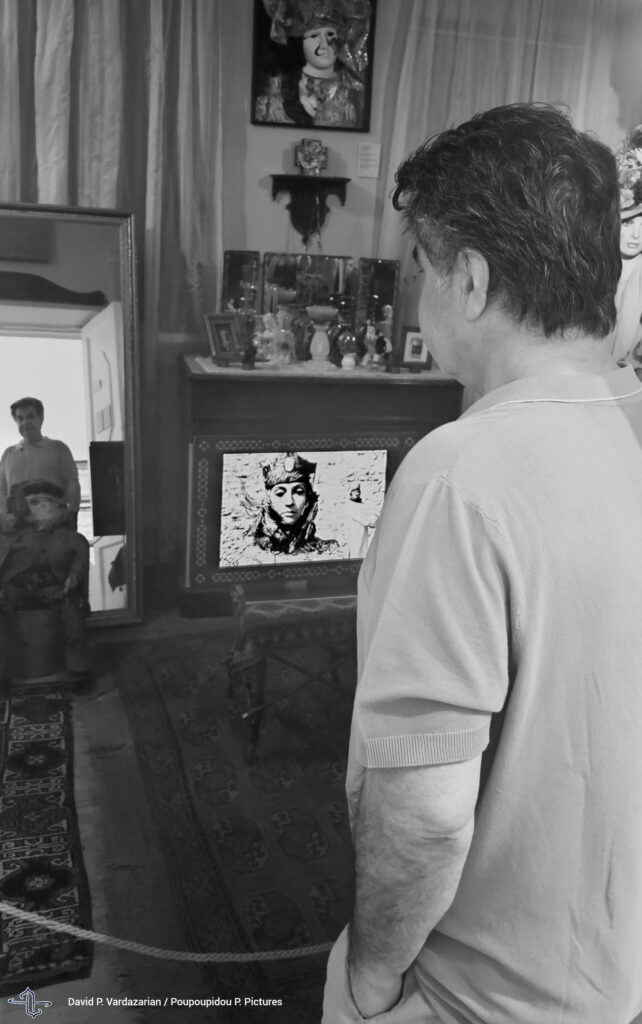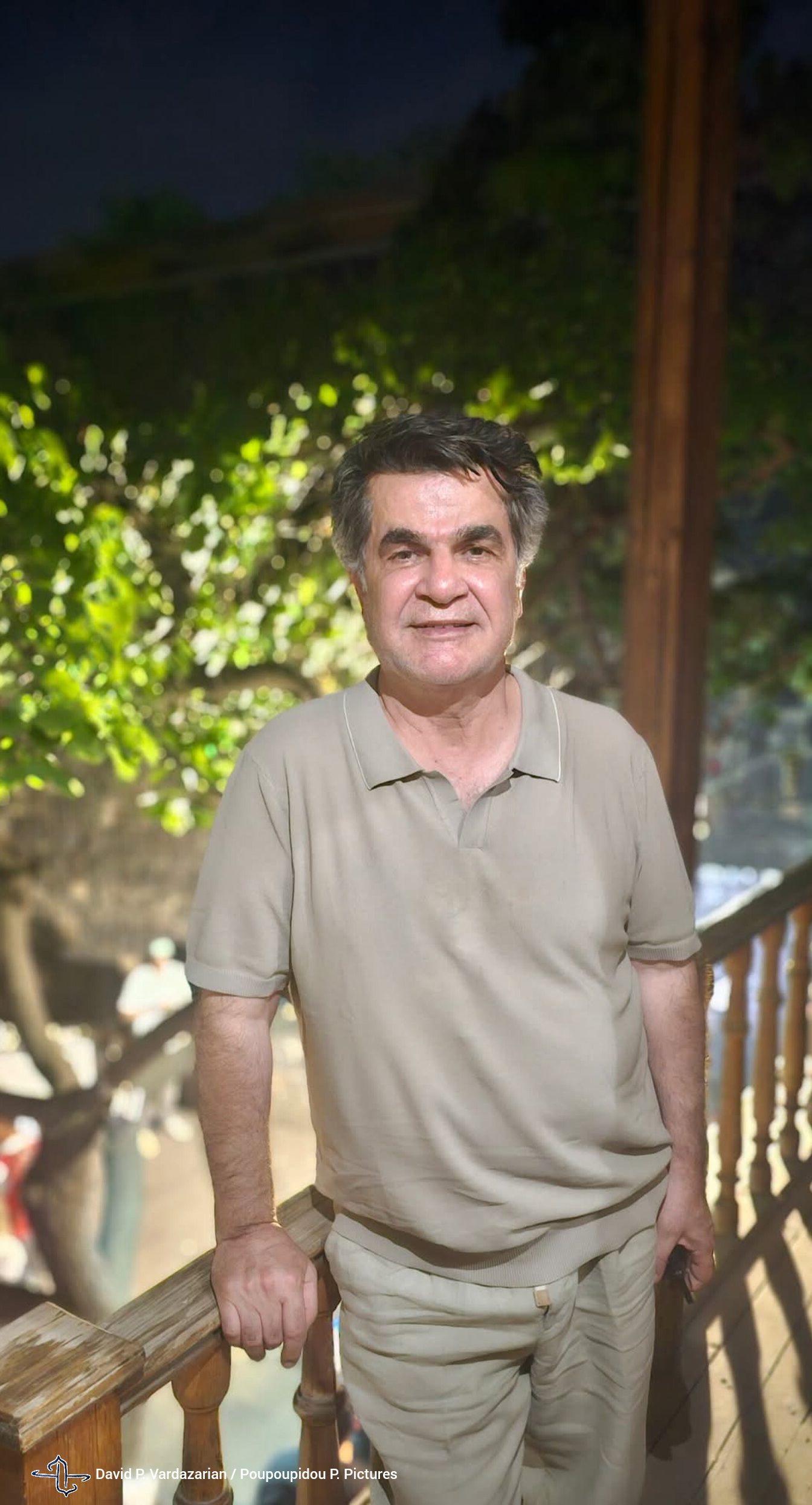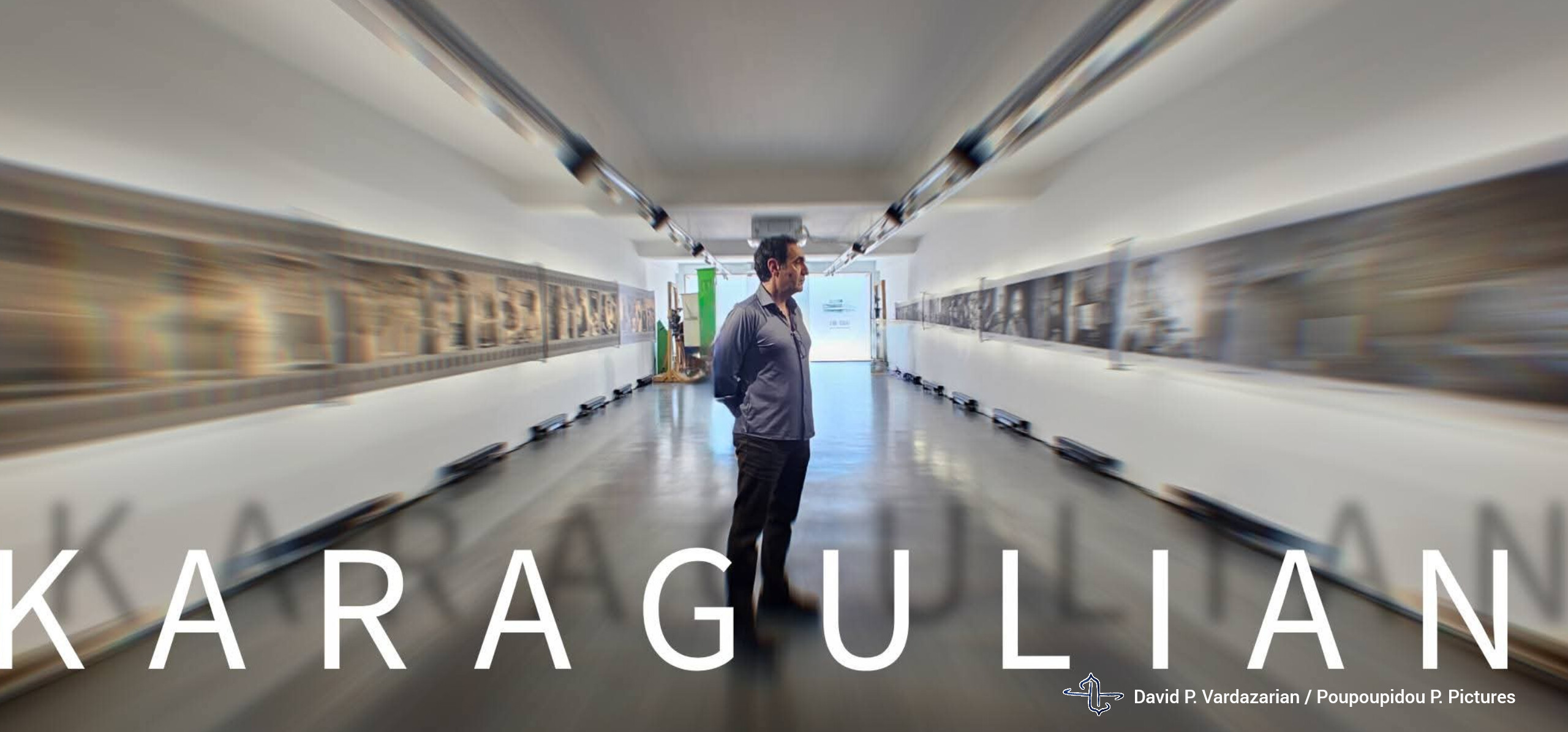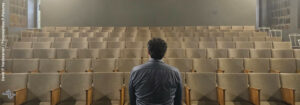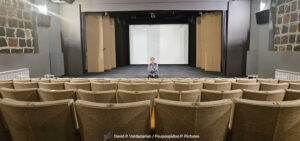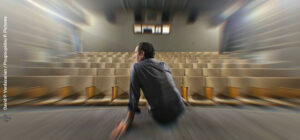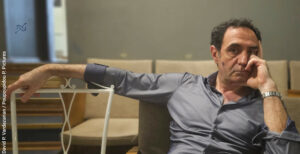Panahi and Karagulian: Two Portraits
-
Jafar Panahi
During GAIFF 2025 there were quite a few opportunities to photograph Jafar Panahi, as the entire GAIFF this year was, in a way, focused on celebrating Iranian filmmakers and Iranian cinema (to the extent that it might have been taken for an Iranian film festival).
However, I did not dare to approach Mr. Panahi, as often happens when dealing with someone as famous—someone living up to the magic of his name—as Panahi. It was only at one of the receptions, at the Sergei Parajanov Museum in Yerevan, that I thought: This is the time I can do that. (Which might be due to the energy of a place such as Parajanov’s House Museum, as Parajanov himself is all about being daring, being bold and cinematically naughty, as only Parajanov would.)
And feeling “I can do that” meant approaching someone revered as a living legend of Iranian cinema, the most recent sensation at Cannes, and one of the biggest VIP-attendees of GAIFF 2025 (someone who should have been tired of so many wanting to take photos with him or of him.) And then telling him I want to shoot him for my series, “People of Our Times (and The Way I Saw Them): Cinema Personalities.”
I still hope to do a review on his latest piece and his sincerity on how to interact with your perpetrator. For now I will just briefly share some quick thoughts on doing the portrait of Panahi. It was the kind of portrait for which you had to improvise the light on the spot, using the couple of minutes you are generously given, without bothering or disappointing your subject. A great portrait equals a great interview, I believe. And I hope this is the case for this particular portrait, too.
First I saw Panahi, standing alone and observing Parajanov’s art, and at the same time being reflected in a mirror. It was so shootable, so cinematic, so masterly, so unique, that I could not resist approaching him. Surprisingly, Panahi agreed to continue posing.
Then I suggested taking him to the place I love best at Parajanov’s museum—the old-style balcony, and continue there. There was a noisy reception going on down in the yard, and here was Panahi above all that, so quiet; hence the sub-title of this series: “Over the Crowd.” I could not believe I was having this moment with such a celebrated man, and telling him (a master of cinema) how I want him to pose—and him showing so much kindness, and being so humble.
Again, it was a “great portraits equal great interviews” moment, but it was also about the exclusiveness, because this portrait is one of those rare ones in which Panahi wears no dark glasses. Something like this in a portrait equals the sincerity you can find in an interview. I felt it was so sincere when Panahi agreed not to put back his sunglasses when caught in that very private moment of admiring Parajanov’s art.
Shooting Panahi without sunglasses is something like…. shooting Churchill without a cigar. It reminded me of the time Yousuf Karsh managed to shoot Churchill without his cigar. Surely, I am no way Karsh, and Panahi, moreover, is no way a Churchill, but this phenomenon of catching sincerity is something so interesting in itself. And so beautiful.
-
Karren Karagulian
To begin with, I should say I have not watched Anora, the Sean Baker movie, which has stirred so much talk and controversy among Armenians. However, I have been impressed with Karren Karagulian as a film personality.
As a FIPRESCI jury member for GAIFF 2025 I was humbled to watch films with various global film people, many times in the same venues. This allows you to not only watch movies, but also, involuntarily, the reactions, gestures, and behavior of people around you during screenings. And I had Mr. Karagulian sitting just in front of me (or myself behind him), always in the same chair.*
In one of these endless screening days, during a short break I saw Karagulian at the entrance of Yerevan Cinema House, checking the posters presenting the evolution of Armenian film. This installation shares images of iconic movies and notable faces from 100 years of Armenian cinema.
The thing is, Karagulian himself is now a notable face of that very Armenian (rather, world) cinema. And this is what I wished to document the moment I saw him looking over those images of Armenian cinema: on one hand, he is someone from Armenia, but on the other hand he belongs to the American film industry.
By the way, he was actually right in the center of the room, standing very symmetrically (I would call it “as symmetrical as in Sorrentino’s films,” in its fullest aesthetics.) I saw, I approached, I photographed.
Then I asked to shoot him to catch the body language (while watching movies) as I had been observing him, and I asked him to “interact” with the cinema hall.
He did not say “no” to someone who would (understandably) be unfamiliar to him. It amazed me how open and uncomplicated he could be in that very brief encounter, and the presence one could have in ad-hoc pictures, just like that.
All I wanted, and hopefully accomplished, was a simple (technically speaking) and unpretentious (beyond good and bad) documentation in several shots; I believe this is the true though somewhat lost essence of Her Highness the Art of Photography.
Behind these Karagulian portraits, I believe, is also:
֊ how amazingly true one can stay to one’s own vision of cinema,
֊ how one can work over 15 years on a project which would then ensure global recognition (by the way, according to media reports, Karagulian had ended his work in cinema, when Anora suddenly stoked it back to life.)
Karagulian is also the only person from Armenia elected to the US Motion Picture Academy, as a member.
* I have an idea for the Yerevan Cinema House: they could ideally have a nice small name tag on that chair which Karagulian always takes. Big names can be celebrated with small things like this. We in Armenia do not always need to erect tasteless statues (as in case of Charles Aznavour) to celebrate someone.
Cinema House would need to start by eliminating that horrible squeaking of its chairs first, though.
From the series “People of Our Times (And the Way I Saw Them): Cinema Personalities,” by David P. Vardazarian
David P. Vardazarian
Edited by Robert Horton
©FIPRESCI 2025

